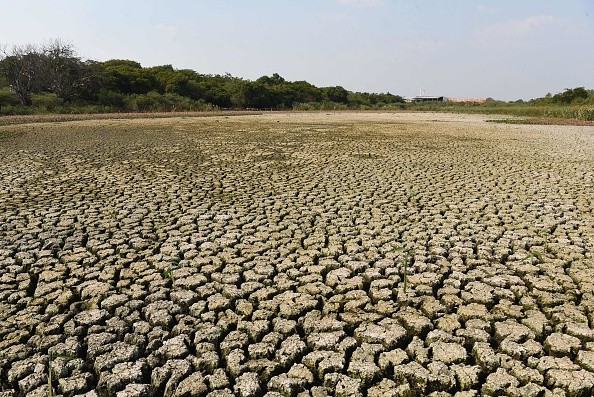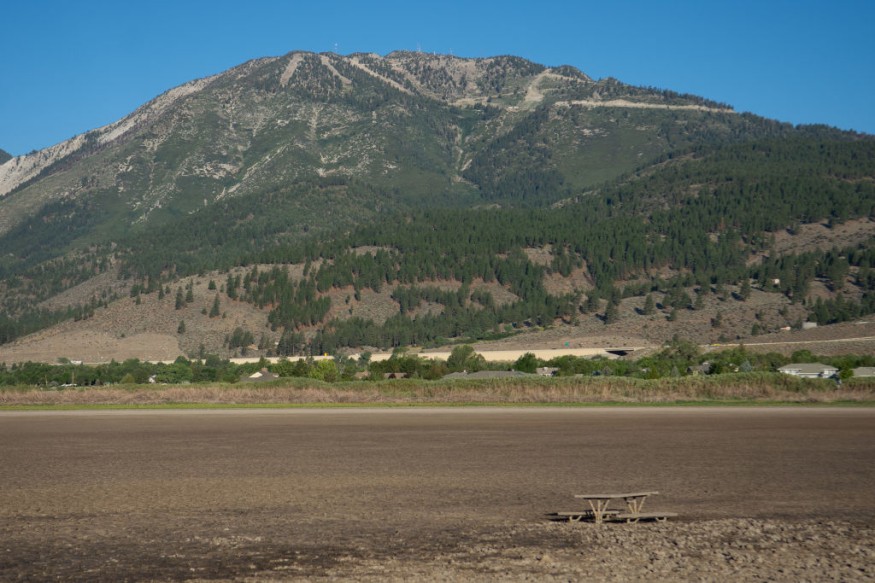In the latest Drought Monitor report, more than 75% of the continental United States and Hawaii area is classified as "abnormally dry" or worse, with parts of the western United States pushing further into extreme drought.
The newest Drought Monitor report illustrates how drought conditions worsen throughout most of the United States, with just a region surrounding the Ohio Valley remaining dry. The National Drought Mitigation Center at the University of Nebraska-Lincoln, the United States Department of Agriculture, and the National Oceanic and Atmospheric Administration collaborate to create the US Drought Monitor.

Drought and Climate Change
Precipitation, temperature, streamflow, ground and reservoir water levels, soil moisture, and snowpack are all drought indicators.
Drought is expected to intensify due to climate change in many places of the United States and the world. Regions such as the United States Droughts are projected to become more frequent, severe, and long-lasting in the Southwest, particularly vulnerable.
While recent storm systems and frontal passes have brought some rain to the United States, it hasn't been enough to dent the country's severe drought. The quantity of arid space over the United States increased by about 1% in the past week, putting 75.13 percent of the continental United States and Hawaii under abnormally dry, moderate drought, severe drought, extreme drought, or exceptional drought conditions.
On the end of the scale, drought conditions worsened, with slightly over 19 percent of the country now classified as "extreme" or "exceptional."
Drought All Over the US

Many states are now experiencing "severe" drought conditions. Texas, Oklahoma, Colorado, Nevada, New Mexico, Oregon, and Kansas are now experiencing severe drought, while California's "extreme" drought status has increased.
Even though this is the "wet season" for the islands, even ordinarily rainy and tropical Hawaii is experiencing unusually dry weather. The four major Hawaiian islands of Kauai, Oahu, Maui, and Hawaii are now facing areas of extreme drought.
Alaska is one area where there is never drought. In the most recent Drought Monitor report, Alaska is still drought-free. Despite current temperatures that have been substantially above average, the snowpack remains well above normal and, in some cases, at record high levels.
According to the latest U.S. Drought Monitor report, conditions are deteriorating in the two largest states in the Lower 48: California witnessed a substantial extension of Extreme Drought (D3), while Texas had Exceptional Drought (D4) develop in several areas.
Drought Monitor is a website dedicated to tracking drought conditions. Drought affects 51.09 percent of the United States and 60.98 percent of the lower 48 states as of March 15, 2022.
Worsening Drought
Droughts in the United States have been the worst in decades. At the height of the 2012 drought, which was the most widespread since the 1930s, 81 percent of the contiguous United States was experiencing arid weather.
Severe drought has always been a problem in the United States. Paleoclimate studies reveal catastrophic droughts in the distant past, with more recent dry times such as the Dust Bowl of the 1930s or the drought of the 1950s remaining fresh in people's minds. As we go into a warmer and, in certain regions, drier future, these previous instances serve as guideposts to illustrate our vulnerability to drought.
Related Article : How Climate Misinformation Through Social Media Worsens the Battle Against Climate Change
For more news about similar news, don't forget to follow Nature World News!
© 2025 NatureWorldNews.com All rights reserved. Do not reproduce without permission.





